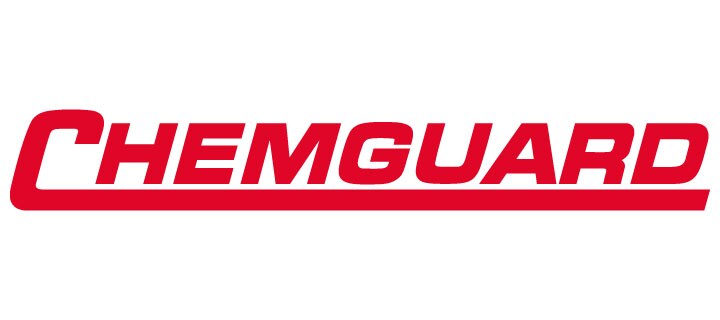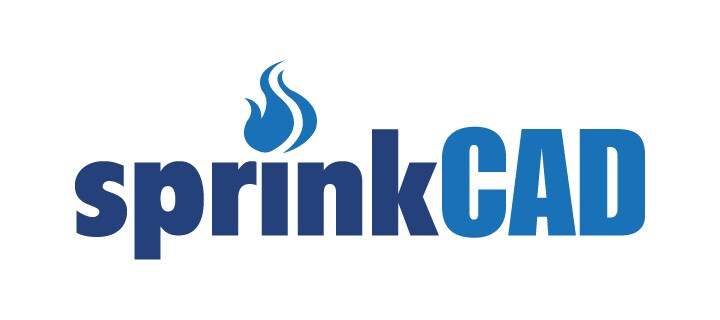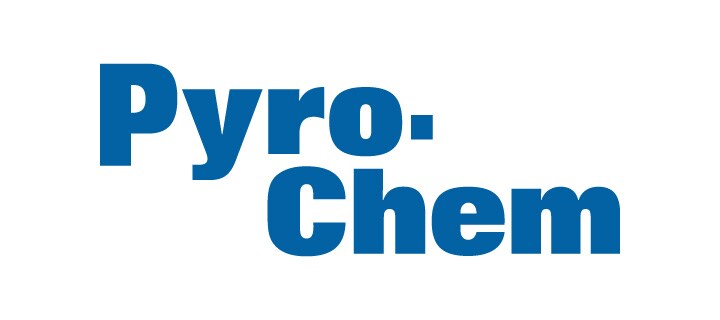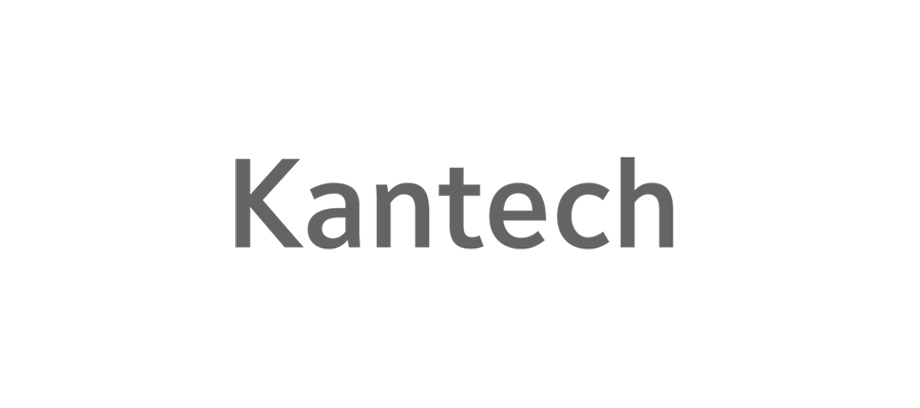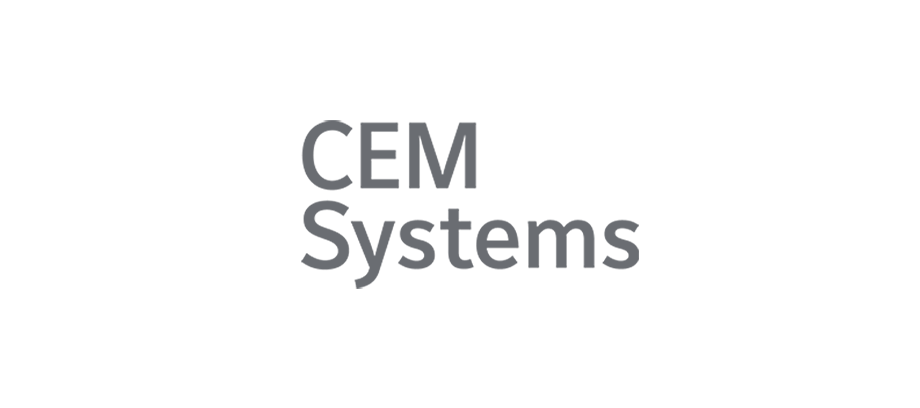Davos | Katie McGinty on decarbonizing buildings: cutting costs through cutting carbon
At the Axios Future of Manufacturing and the Road to Decarbonization event held in Davos, Katie McGinty, Johnson Controls Chief Sustainability Officer and External Relations Officer, shared her insights on the critical role of buildings in smart business strategy, climate action and the technological advancements driving this transformation.

At the Axios Future of Manufacturing and the Road to Decarbonization event held in Davos, Katie McGinty, Johnson Controls Chief Sustainability Officer and External Relations Officer, shared her insights on the critical role of buildings in smart business strategy, climate action and the technological advancements driving this transformation.
At the Axios Future of Manufacturing and the Road to Decarbonization event held in Davos, Katie McGinty, Johnson Controls Chief Sustainability Officer and External Relations Officer, shared her insights on the critical role of buildings in smart business strategy, climate action and the technological advancements driving this transformation. The conversation, moderated by Alison Snyder, Managing Editor at Axios, highlighted the intersection of business strategy and clean energy transitions.
Buildings account for nearly 40% of global greenhouse gas emissions and this often-overlooked sector is crucial for achieving climate goals. While the focus typically falls on solar, wind, and electric vehicles, cutting carbon in buildings is especially interesting in also dropping cash to the bottom line. The good news is that the technology to address this challenge already exists in a "trifecta" of efficiency, electrification and digitalization. As we look ahead to 2025 and beyond, Environmental, Social and Governance (ESG) practices are not just about compliance or feel-good initiatives; it’s about good business. When business owners are smart and strategic about cutting costs, not only will they be cutting carbon and improving sustainability, but businesses can also increase reliability, and attract and retain talent – all of which are needed to remain viable.
Buildings account for nearly 40% of global greenhouse gas emissions and this often-overlooked sector is crucial for achieving climate goals.
Efficiency: The Unsung Hero
Efficiency is a powerful tool in reducing emissions and costs that can also improve the bottom line, making sustainability efforts attractive to business and building owners. This is the case within facilities at Johnson Controls, where upgrading a factory in Norman, Oklahoma led to a 43% reduction in emissions and nearly $1 million in annual savings.
Digitalization: The Game Changer
The real revolution lies in digitalization. The Johnson Controls OpenBlue platform, which can process a million data points per minute, exemplifies how data can optimize energy use in buildings. By understanding electricity prices, outside temperature and indoor air quality, buildings can become like batteries, significantly reducing emissions and costs. This digital transformation is key to making buildings smarter and more efficient.
Electrification: Maximizing Efficiency
Electrification, particularly through heat pumps, is another critical component. Heat pumps are highly efficient, achieving multiple times the workable energy on the back end compared to what is put in on the front end. Heat pumps play an especially important role in closing the gap in electricity supply as the world experiences demand skyrockets for the first time in many decades. This efficiency makes them a vital part of the decarbonization strategy, even as the source of electricity remains a consideration.
Public-Private Partnerships: Essential for Progress
Public-private partnerships are key in driving the energy transition. McGinty expressed optimism about the Inflation Reduction Act, which mobilizes resources and incentives for clean energy projects that are delivering economic benefits across the United States.
To see the full conversation, visit Future of Manufacturing: The Road to Decarbonization - YouTube



























